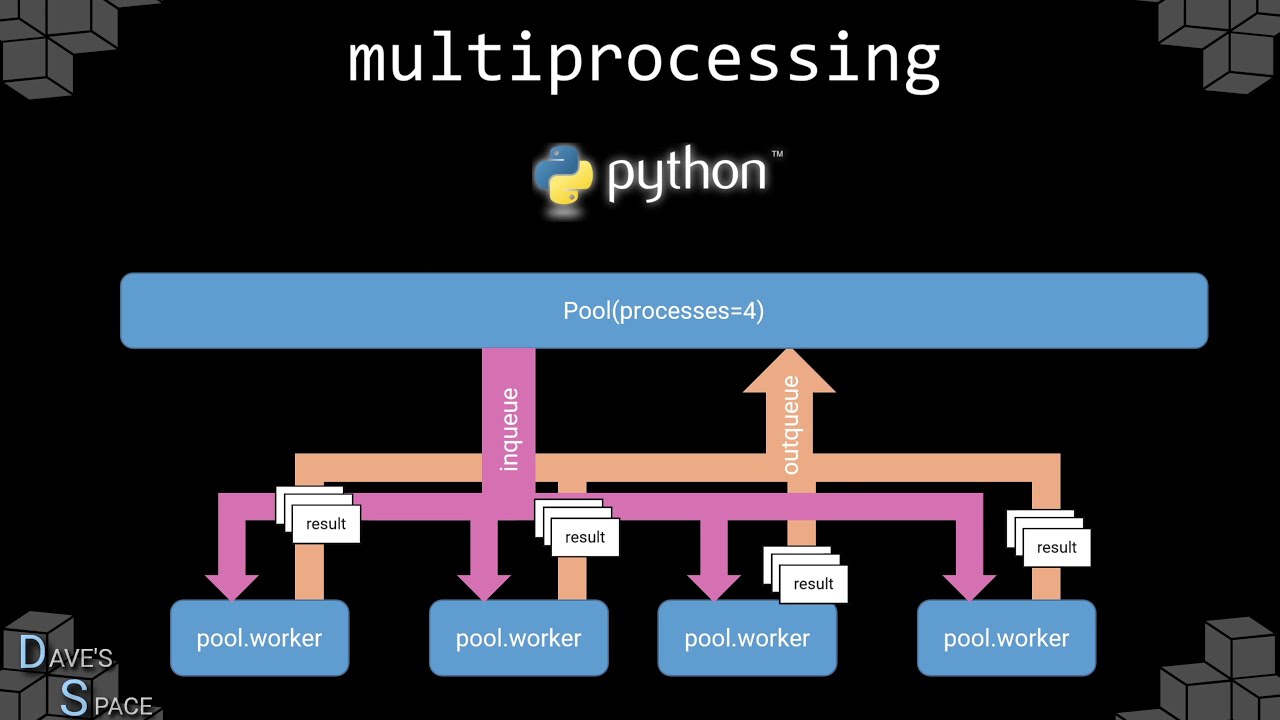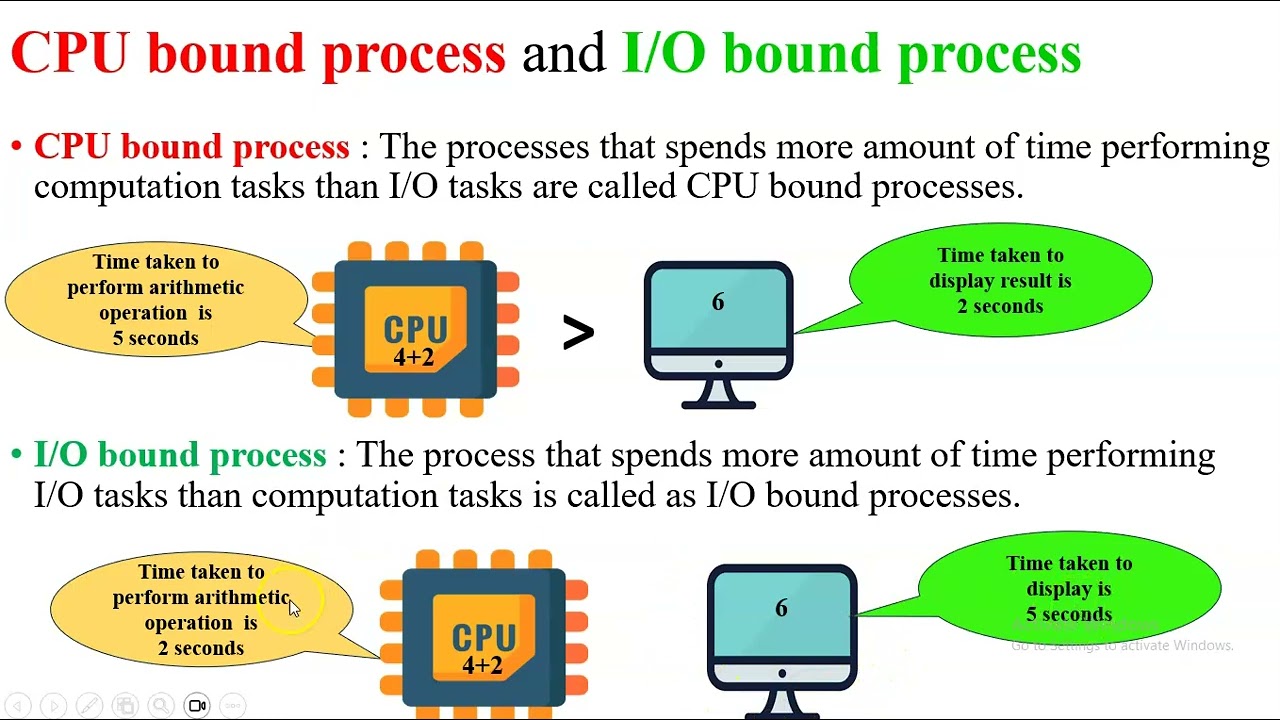
Unlocking the Power of Multiprocessing in Python
=====================================================
Python’s Global Interpreter Lock (GIL) can be a major bottleneck for CPU-bound tasks, restricting threads to a single CPU core. However, the multiprocessing module offers a solution to this problem, allowing developers to create processes that can run tasks in parallel on different CPU cores. This enables Python developers to effectively leverage multiple processors on a machine, making it particularly useful for tasks that require heavy computation.
 Parallel processing in Python
Parallel processing in Python
The multiprocessing module is designed to bypass the GIL, allowing Python developers to take full advantage of multi-core processors. By creating multiple processes, developers can distribute tasks across multiple CPU cores, significantly improving the performance of CPU-bound tasks.
“The
multiprocessingmodule is a game-changer for Python developers working with CPU-bound tasks.” - Source
One of the key benefits of the multiprocessing module is its ability to improve the responsiveness of GUI applications. By offloading CPU-intensive tasks to separate processes, developers can ensure that their GUI remains responsive, even when performing complex computations.
 CPU-bound tasks in Python
CPU-bound tasks in Python
The multiprocessing module also provides a range of tools for synchronizing processes, including locks, queues, and pipes. These tools enable developers to coordinate the behavior of multiple processes, ensuring that tasks are executed efficiently and safely.
In conclusion, the multiprocessing module is a powerful tool in the Python developer’s toolkit, offering a range of benefits for CPU-bound tasks. By leveraging multiple CPU cores, developers can significantly improve the performance of their applications, making it an essential tool for any Python developer working with computationally intensive tasks.













